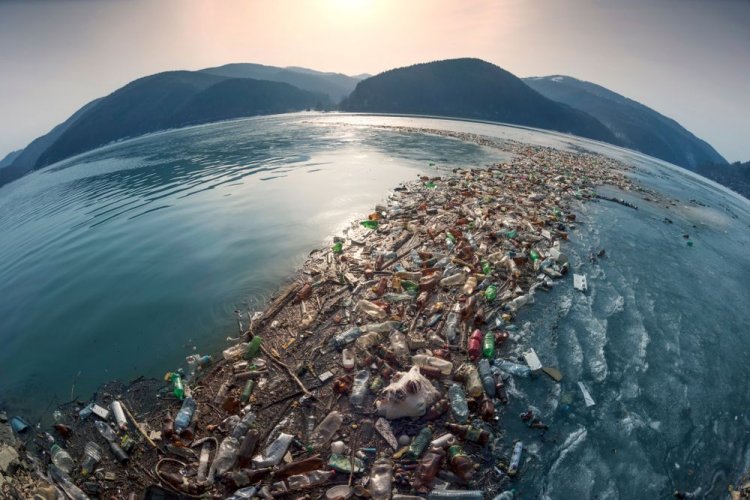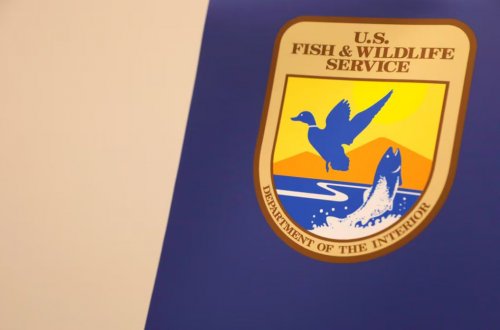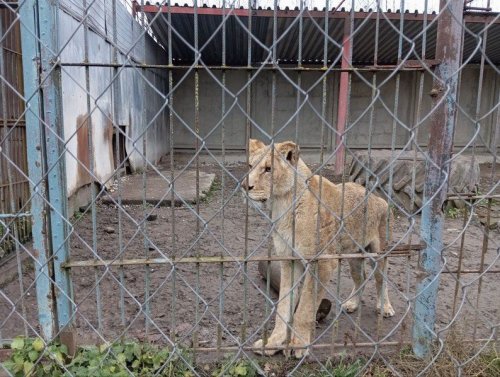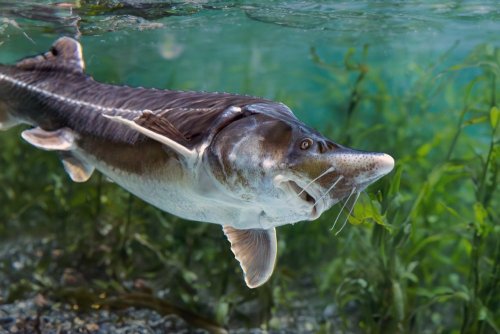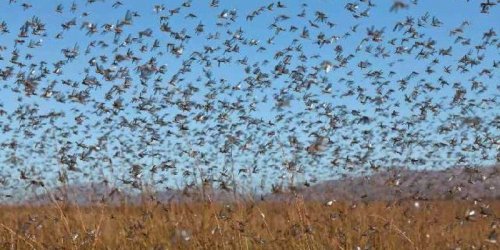A group of scientists from the US National Institute of Food and Agriculture found coastal animals in the Great Pacific Garbage Patch.
46 species of tiny crabs and anemones were found on the pieces of plastic, 80% of which are commonly found in coastal habitats, CNN reports.
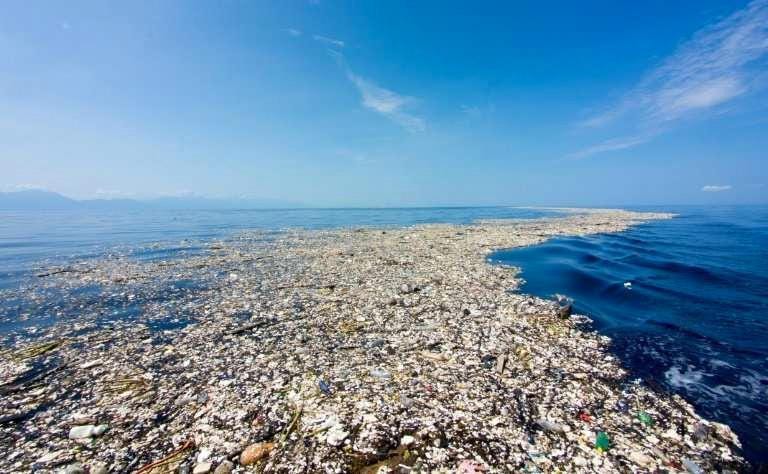
The area of the garbage patch, according to various estimates, ranges from 700,000 to 1.5 million km2. The patch is relatively stationary and is the world's largest accumulation of ocean plastic. The Ocean Cleanup initiative estimates that the patch contains about 1.8 trillion pieces of plastic, weighing about 80,000 tons.
Scientists have said that the pollution of the ocean with plastic can contribute to the creation of new floating ecosystems. After all, organic material, unlike plastic, decomposes and sinks in a few months or years.
Lead study author Lynsey Haram said coastal species found 70% of the plastic debris. Oceanic animals also inhabited the garbage. Probably, animals from different groups compete for space, and some coastal organisms feed "locally".
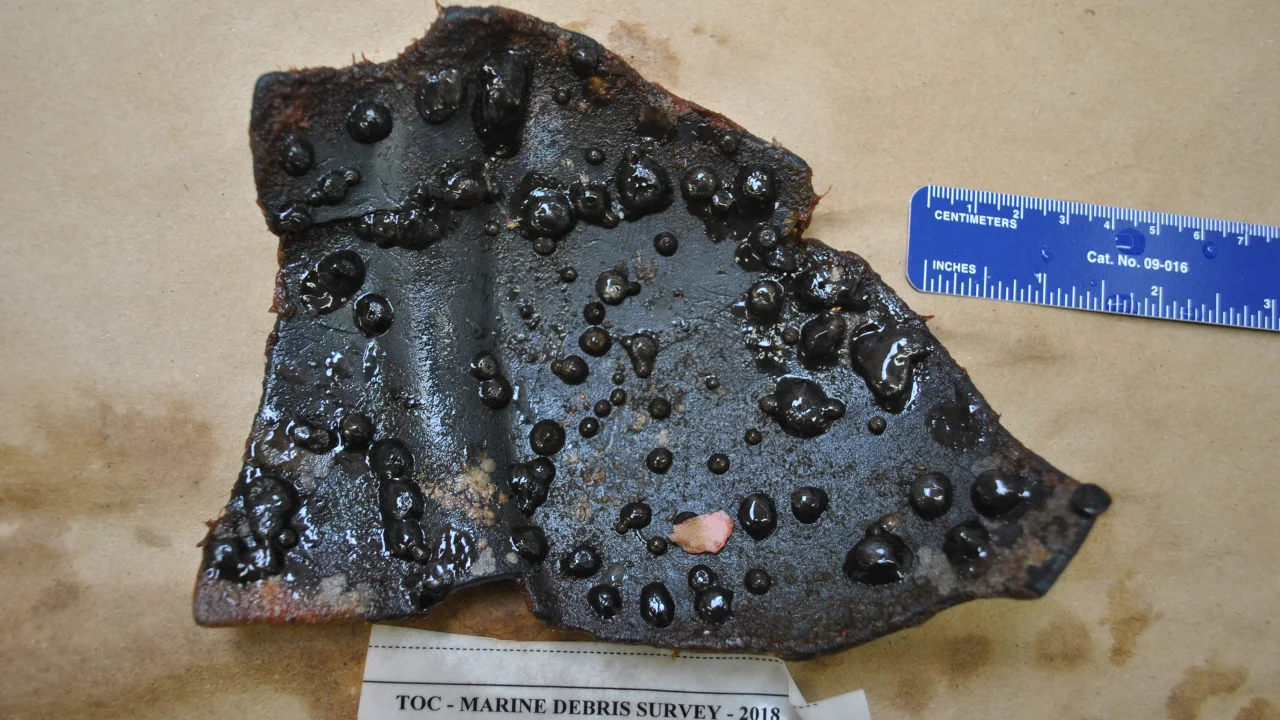
Coastal anemones on a plastic fragment
It is noted that it is currently unknown how the animals inhabited the garbage patch.
The article emphasized that according to the United Nations Environment Program (UNEP), the world produces about 460 million tons of plastic per year, and this figure will triple by 2060 without urgent measures. Globally, only about 9% of plastic waste is recycled, and a significant amount of this waste ends up polluting the oceans.
It is estimated that without urgent policy action, the rate at which plastic enters the oceans could increase by an estimated 2.6 times by 2040.
The materials added that in 2022, the UN Environment Assembly adopted a historic resolution to end plastic pollution and create the world's first global agreement on plastic pollution by 2024.
Earlier, EcoPolitic wrote, that a new report by the Organization for Economic Cooperation and Development (OECD) showed that by 2060, the amount of plastic waste in the world will triple and exceed one billion tons.
As EcoPolitic previously reported, scientists discovered a new type of coastal pollution, consisting mainly of oil and plastic, on the Canary Islands in the Spanish region, which they proposed to call "plastitar".

